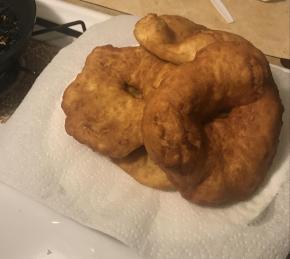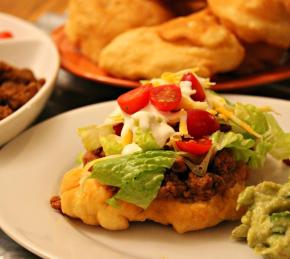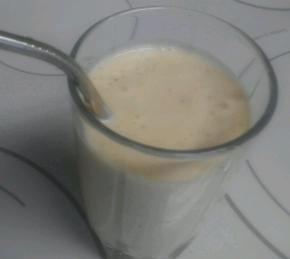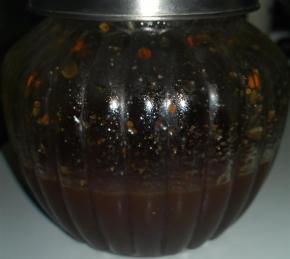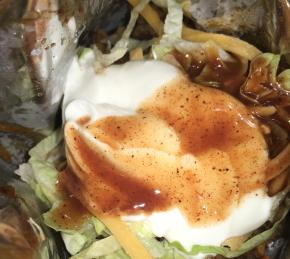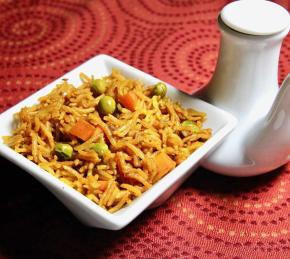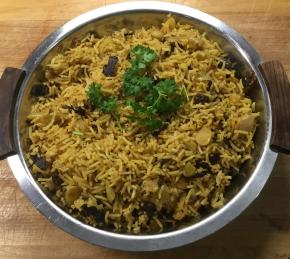Indian recipes
Useful Tips
Healthy Indian Recipes: Choose Traditional Ones
Indian cuisine boasts the fame of being extremely diverse: it is presented by tons of soup, curries, salads, and even more specifically, by the broad selection of spices. These include ginger, coriander, peppers, turmeric, etc. Healthy Indian dinner and breakfast recipes vary in the number of proteins, calories, carbohydrates, fats, and there is always room for choice. This is very important because not all dishes are healthy for everyone. Choosing an appropriate menu with a healthy Indian recipe takes two “ex’s”: experience and some expertise!
Traditional Indian Recipes Are Healthy
Indian cuisine is so diverse that there are no two regions in India with similar cooking and dining traditions: every little province has something of its own. Most important, the country is so rich in products that there is no necessity in buying anything from outside of the country. There are tons of rice, legume, grains, beans, etc., which provide fiber, fats, carbohydrates, minerals, proteins, and vitamins. Indians get a sufficient share of all vital substances even though the majority of healthy Indian food recipes are vegetarian and lacto-vegetarian.
In fact, Indian diet traditions came from Hinduism – the nation’s official religion. It teaches people to use all ways to avoid violence and, therefore, condemns the killing of any living beings even for food. This is a good reason for Indians, as well as people from other nations, to choose healthy Indian breakfast recipes for weight loss.
Be Sure to Choose Healthy Indian Recipes
Although the Indian traditional menu is among the healthiest ones in the world, many end up with obesity, diabetes and other conditions resulting from improper nutrition. Most issues arise from an inability or lack of awareness on how to combine different products and which ones should be avoided. This is typical of all regions of the world, and India is no exception. The national statistics show a significant percentage of nutrition-related disorders among children and young people.
There are a few simple ways to avoid the nasty consequences of improper nutrition:
- There are lots of healthy Indian recipes that contain light proteins, which make a great addition to a perfect vegetarian diet.
- Apart from numerous vegetarian meals, there are some chicken- and lamb-based dishes (beef is unusual for the Indian cuisine). Although these are not vegetarian, they are fairly healthy, because chicken and lamb meat is lean. There are a number of options for those, who appreciate healthy Indian chicken recipes, such as grilled chicken breast, malwani chicken sukka, paprika roast chicken, chicken shawarma, chicken quinoa biryani, etc. Lamb meat goes very well with traditional Indian spices, which include curry, red/black/white pepper, cardamom, cumin, coriander, peppercorns, cinnamon, garlic, etc.
- Rice is one of the most popular products in India, and it is traditionally used in many healthy Indian vegetarian recipes. However, it is very rich in calories, so its intake must be controlled. For example, a cup of basmati rice contains over 200 calories, and many Indians take too much of it without even realizing that they are not eating well.
- It is highly advisable to be careful with such ingredients as malai, paneer, and ghee, as they contain more fat than the human body can take. This is one of the main cause of fat bellies and metabolic diseases.
- Naan (a kind of bread) is very popular in India, and many people cannot imagine a meal without it. However, when consumed in greater amounts, it is a source of excess calories, and many diet specialists advise to take it moderately or replace it with whole-wheat bread.
Indian meals may seem too spicy to some people. It is not recommended to wash down spicy foods with high-calorie drinks. Instead, one can use coconut water or a low-calorie yogurt to suppress the effect.
Also, there is a number of general tips, which should help you opt for healthy Indian dinner recipes and minimize the risk of consequences:
- Do not take too much fried food;
- Control the intake of salt and sugar (especially artificial sugar);
- Make sure to replace fatty foods with spicy ones. Those containing cardamom, cinnamon, ginger, kadi patta, etc. are more nutritious and do not have bad calories.
Still wondering what meals to cook for dinner? Browse the pages containing the most popular Indian recipes and choose the ones to your liking to enjoy healthy and nutritious food with your family or friends.

